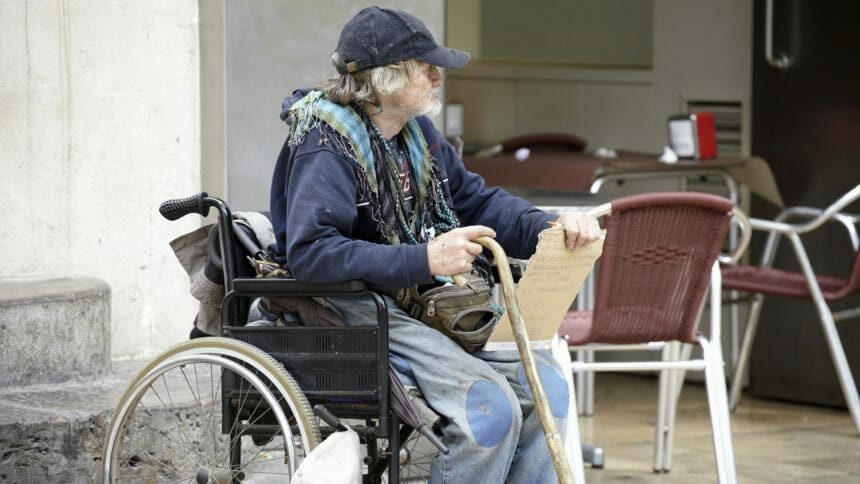
Even before the pandemic hit, the number of elderly people experiencing homelessness was projected to triple within the next decade. A New York Times examination finds that swelling numbers of homeless elderly people will put unprecedented pressure on social service networks and agencies.
The analysis explores how funding for programs that older adults rely on to make ends meet, such as subsidized housing, food and healthcare, has frayed in recent years under political pressure. Homeless shelters developed to assist seniors in need have reached capacity in many states, including Arizona. In Phoenix, for example, home prices appreciated by 12% in July compared with the same month last year, whereas the average rent for one-bedroom apartments rose by 11%, the newspaper reported. The increase, experts say, largely is driven by a supply-demand imbalance, which has fueled the growing unaffordability in the city.
In the coming year, the article notes, homelessness systems throughout the country will increasingly cater to older adults. Through the CARES Act, Congress provided $4 billion for homeless services through the Emergency Solutions Grants program run by the United States Department of Housing and Urban Development, 14 times greater than the funding provided in the previous fiscal year.
Some say there may be a fleeting opportunity to use some of that money to create lasting transformations out of conditional gains, perhaps by turning empty hotels and vacant apartment buildings into homes for senior citizens, with the sorts of wraparound services that need to kick in before homelessness becomes the only remaining alternative.
“It would be a good outcome to have some of those places become permanent, whether it’s a transitional type of shelter housing or affordable housing,” Lisa Glow, CEO of Central Arizona Shelter Services, told the New York Times.




